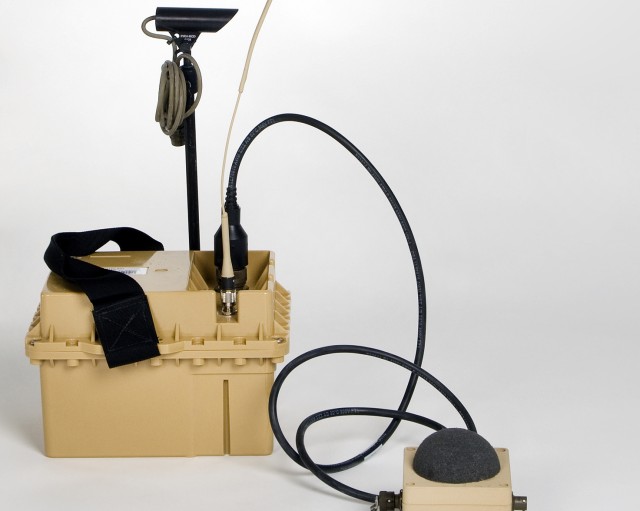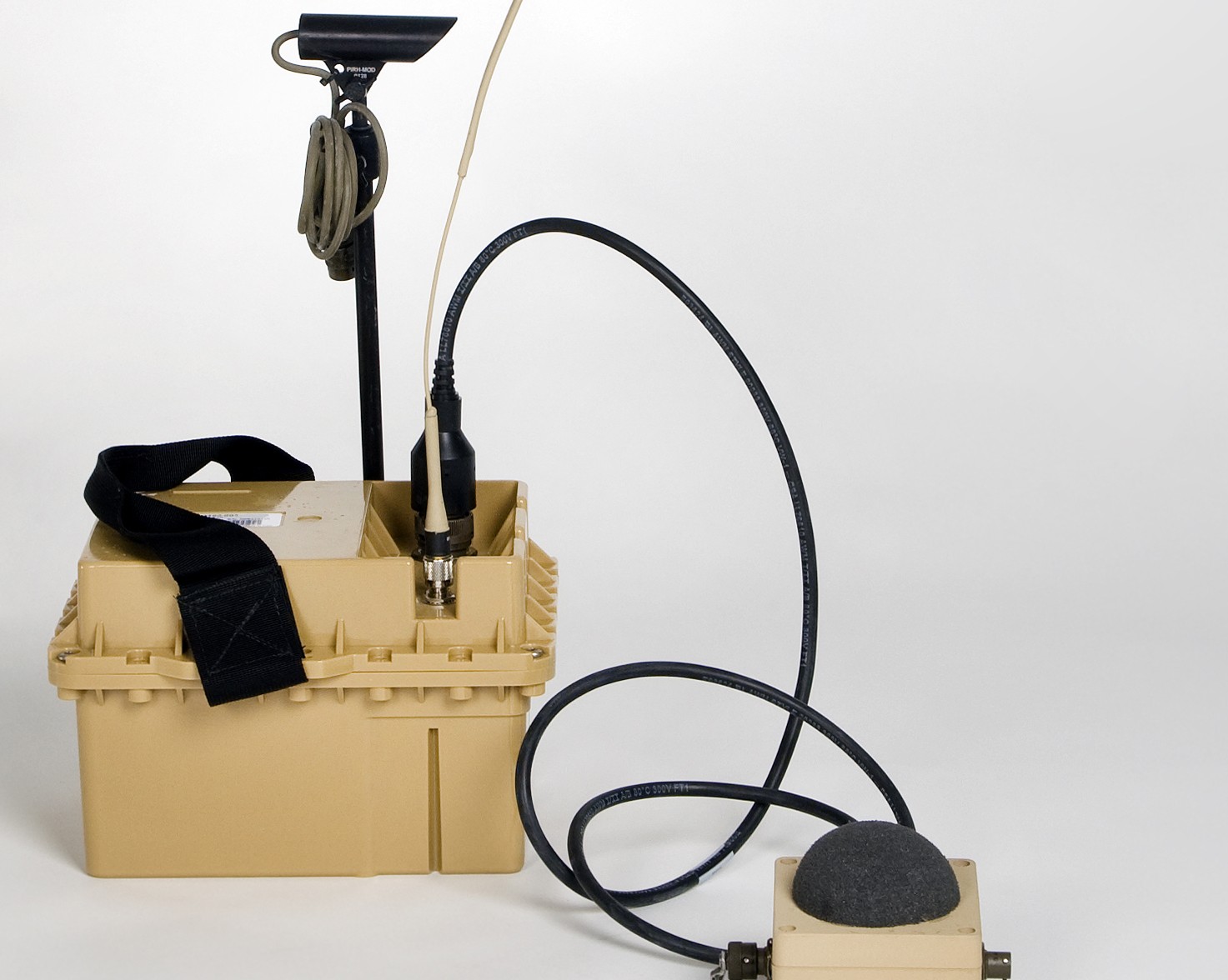PICATINNY ARSENAL, N.J. - The Federal Laboratory Consortium, a nationwide network of federal laboratories, announced winners for its prestigious Technology Transfer Award.
The FLC Award for Excellence in Technology Transfer "recognizes science and technology employees in FLC laboratories who have accomplished outstanding work in the process of transferring federally developed technology," according to the <a href="http://www.federallabs.org/">organization's Web site</a>. A panel of experts from industry, state and local government, academia, and the federal laboratory system judged the nominations.
Of the eight awardees in the Department of Defense, three U.S. Army Research, Development and Engineering Command centers will receive the award.
The U.S. Army Armament Research, Development and Engineering Center, Picatinny, N.J., will win for its Coyote Unattended Ground Sensor Network.
The U.S. Army Edgewood Chemical Biological Center, Aberdeen Proving Ground, Md., will win for two projects: Chemical, Biological, Radiological and Nuclear Unmanned Ground Vehicle and the Chemical Agent Simulant Training Kit.
The U.S. Army Natick Soldier Research, Development and Engineering Center, Natick, Mass., will win for its Disinfectant Sprayer for Foods and Environmentally-Friendly Sanitation.
At Picatinny, ARDEC employees senior scientist Dr. Myron Hohil, lead engineer Mark Mellini, design engineer Sean Schumer, and Innovative Wireless Technologies employee Kent Colling, will receive the 2010 Federal Laboratory Consortium Award in Technology Transfer for their work instilling the CoyoteTM Unattended Ground Sensor Network into the commercial market.
The RDECOM's armament center and IWT developed the CoyoteTM Unattended Ground Sensor Network as a cost-effective, state-of-the-art, joint sensor and communications system. Officials said it is easy to deploy, resistant to security attacks and reliably scales from "small focused targets to nationwide networks."
"Unattended ground sensors have been deployed since the Vietnam War to sense military targets such as tanks, tracked vehicles and infiltrators," Mellini said. "Today, there's a growing need to use the technology for non-military border and infrastructure security."
Cost has been the limiting factor for wide-scale deployment of advanced sensing technologies, which have to overcome shortcomings of limited detection range, unreliable target characterization, and high associated battery costs, he said.
In 2007 Innovative Wireless Technologies approached ARDEC with the idea that Unmanned Ground System, or UGS, technology, which both entities were jointly developing for Army applications, could be applied to other federal agencies and commercial needs.
The two were ideal partners: ARDEC's mission in acoustic detection made it the most appropriate federal lab in which to advance the technology while IWT's focus on wireless products made it an ideal manufacturer.
Working under a Cooperative Research and Development Agreement, ARDEC transferred technology to IWT and IWT provided funding for the sensor signal processing development.
The ARDEC and IWT successfully manufactured a prototype in less than a year and the resulting advances in the CoyoteTM UGS gave it a greater than 95 percent detection and classification rate at half the cost and more than five times the battery life of similar systems. Additionally, IWT's underlying communications platform allows it to rapidly transition CoyoteTM to other applications.
The CoyoteTM has already been supplied to the Department of Homeland Security and the Canadian government.
"Border security, both here and abroad, represents a multi-billion dollar market for systems, according to The Wall Street Journal," Mellini said. "The potential exists for tens of thousands of CoyoteTM UGS Network systems to be sold in the U.S. alone."
With sales to other countries, the market is estimated at tens of millions of dollars, he said. The Department of Homeland Security is evaluating the system for possible deployment for enhanced border security, infrastructure monitoring, perimeter security and counter-narcotic operations.
The Federal Laboratory Consortium for Technology Transfer is the nationwide network of more than 250 federal laboratories that provides the forum to develop strategies and opportunities for linking laboratory mission technologies and expertise with the marketplace.
An award presentation will take place at the FLC national conference April 29, in Albuquerque, N.M.
Editor's note: Picatinny Public Affairs contributed to this report.</a>
<strong>Follow us on <a href="http://twitter.com/rdecom">Twitter</a>, become a fan on <a href="http://www.facebook.com/usarmyrdecom">Facebook</a>, and visit the <a href="http://www.rdecom.army.mil/">RDECOM homepage</a>!</strong>


Social Sharing